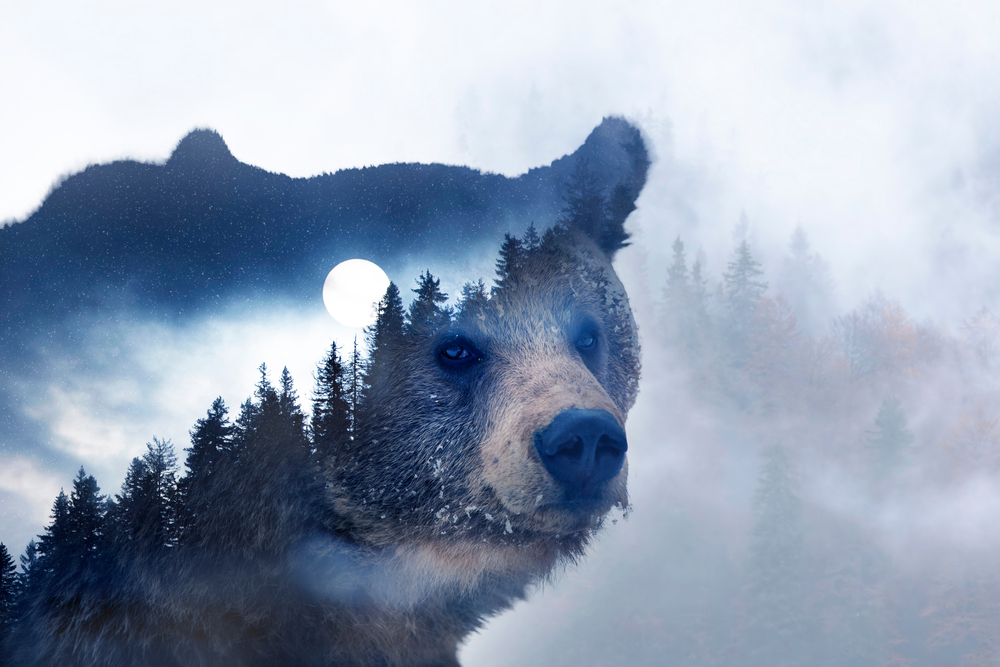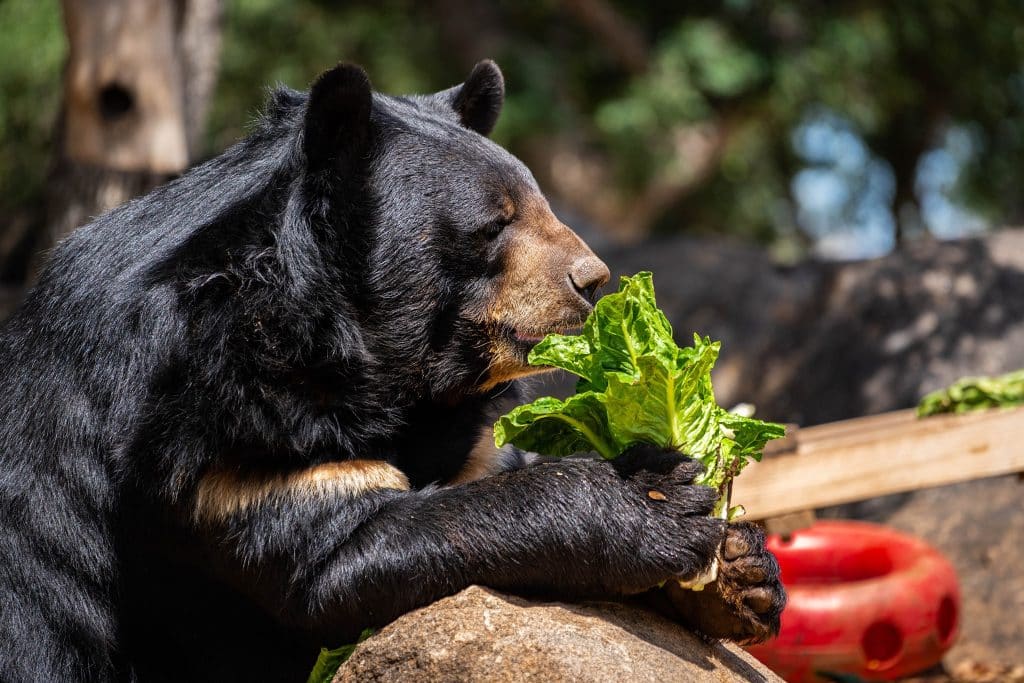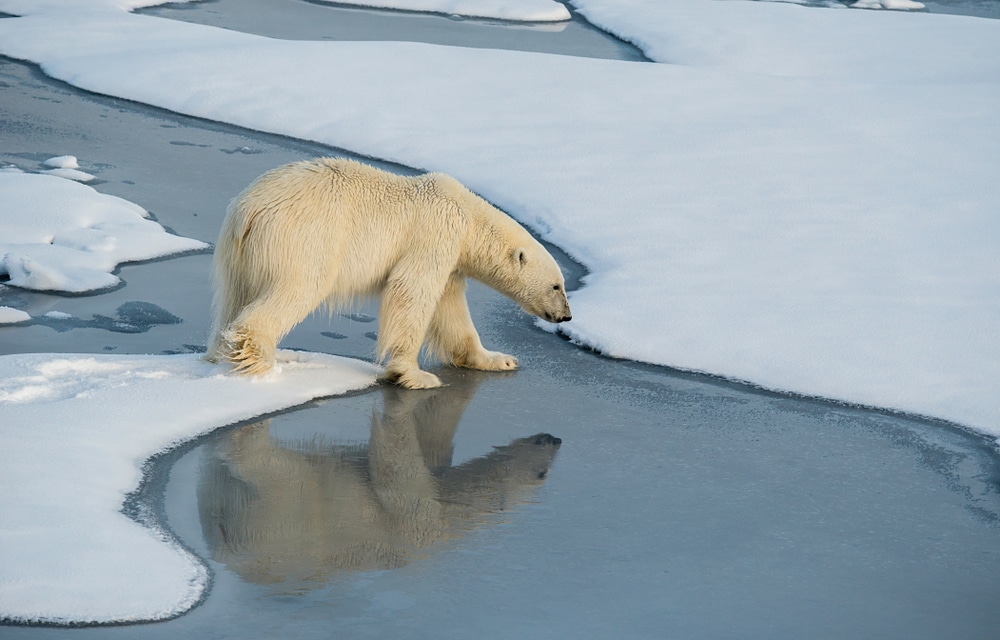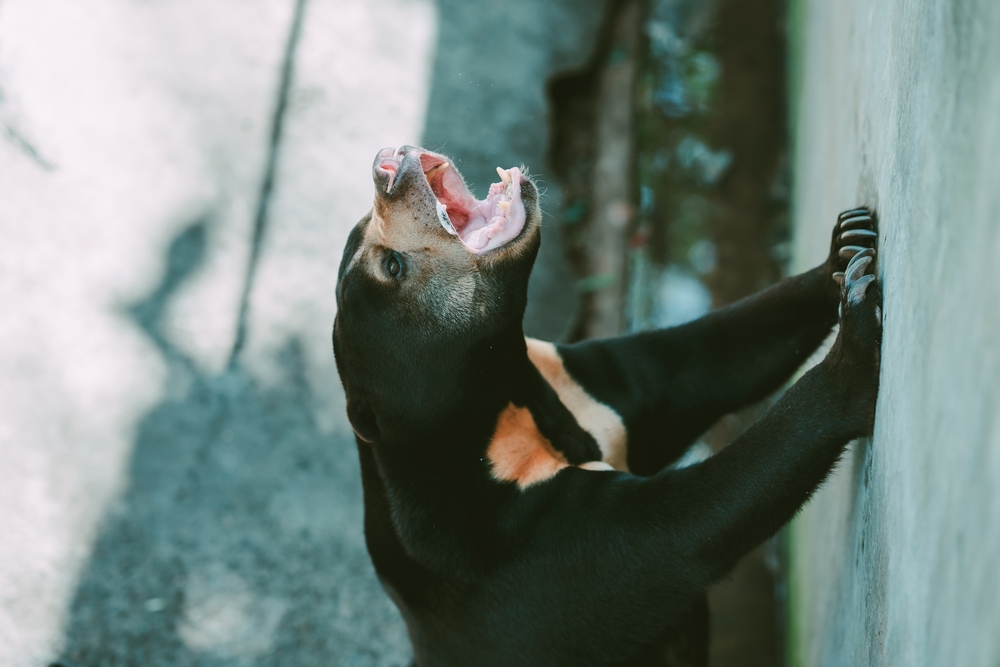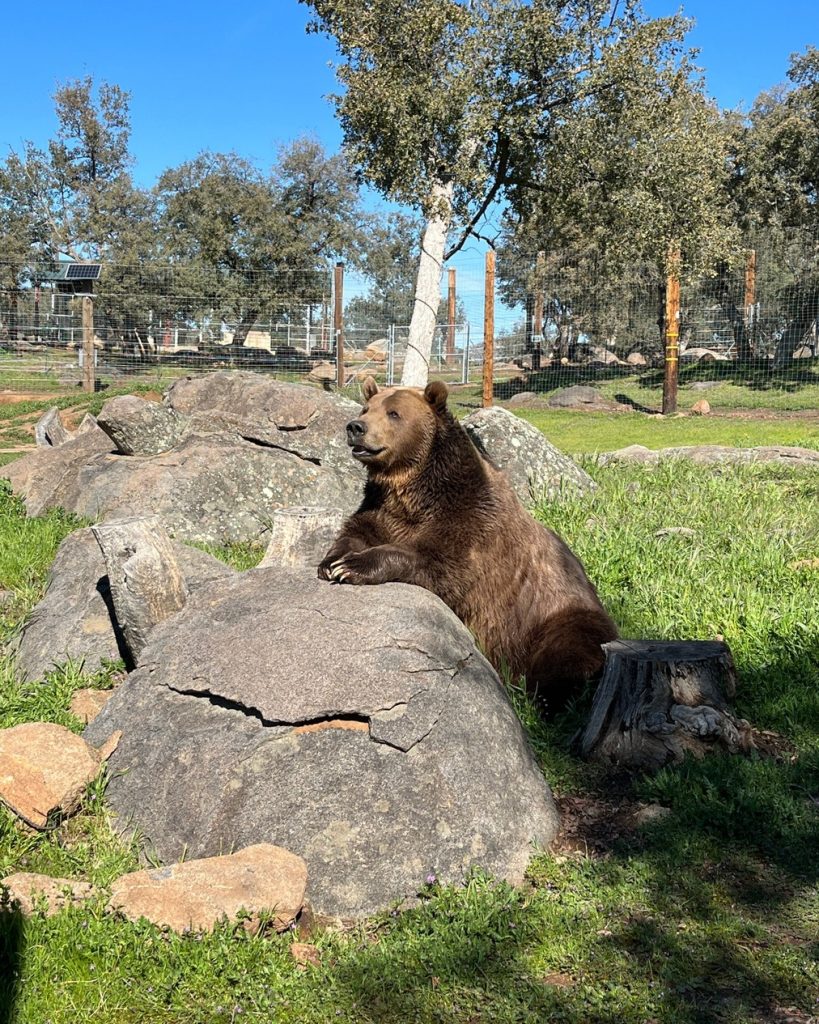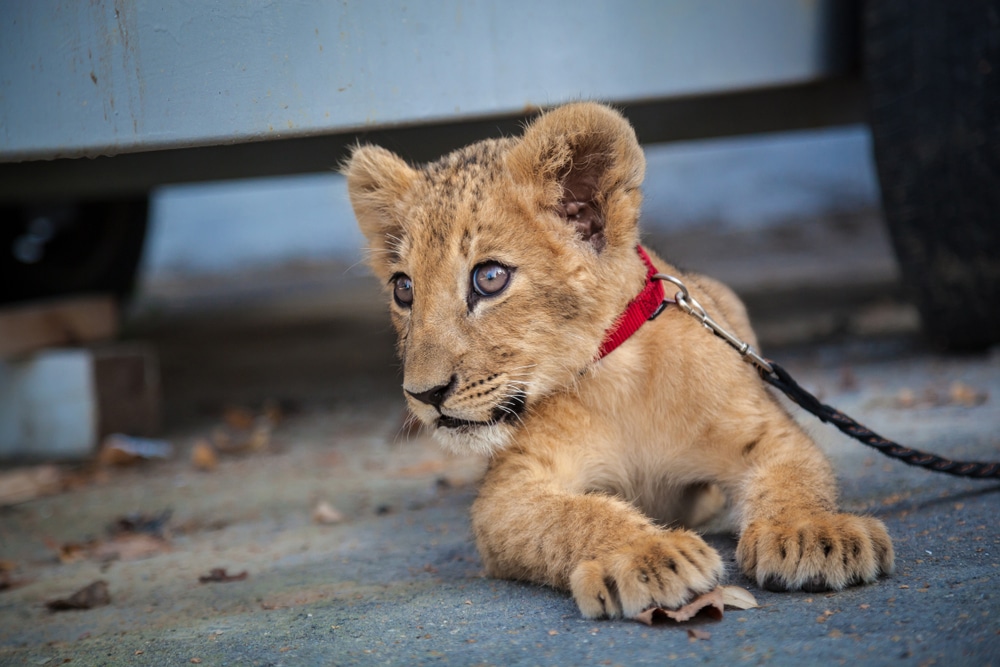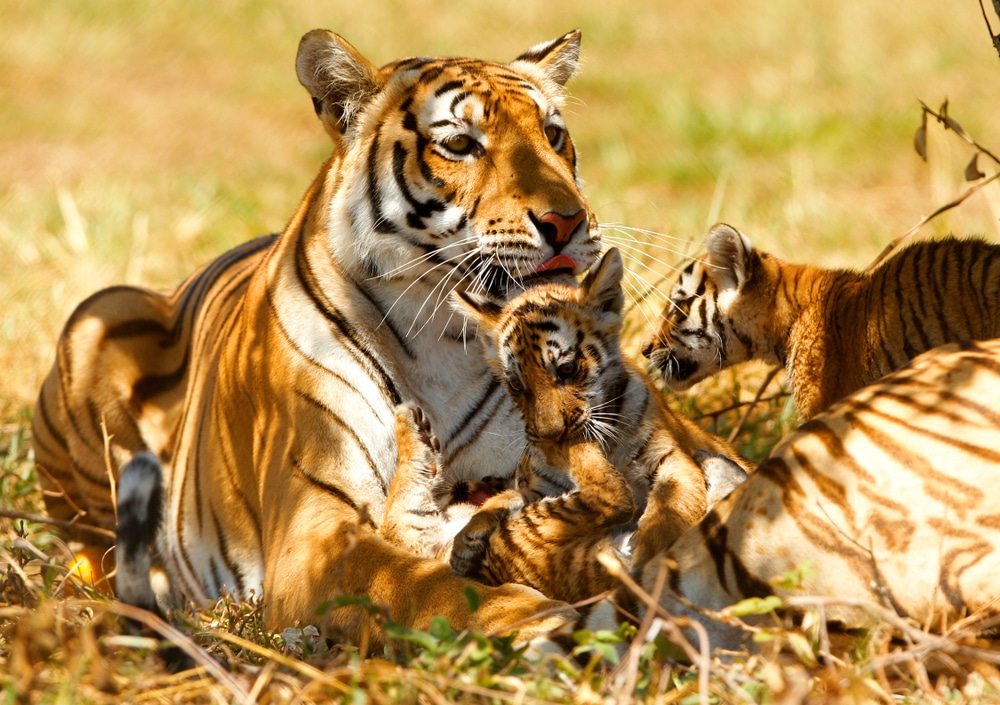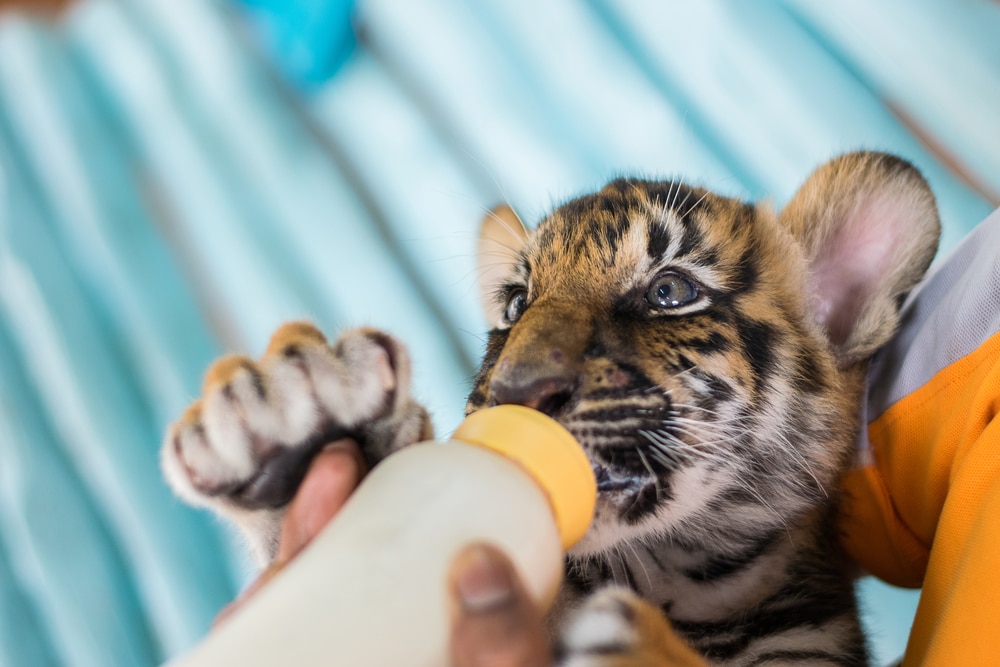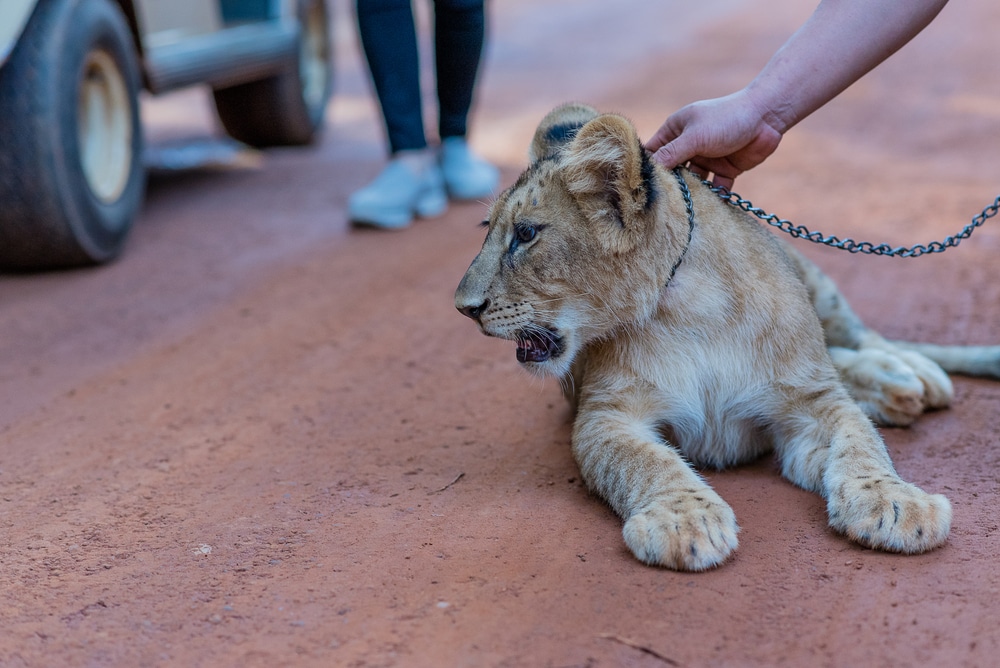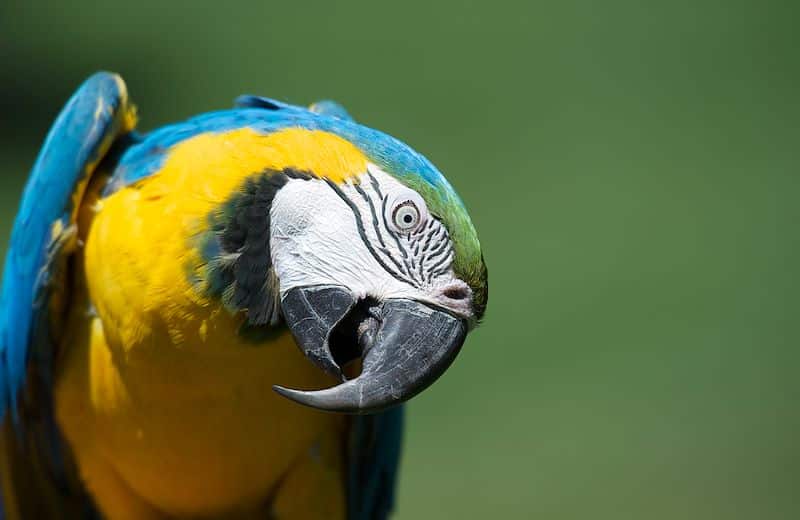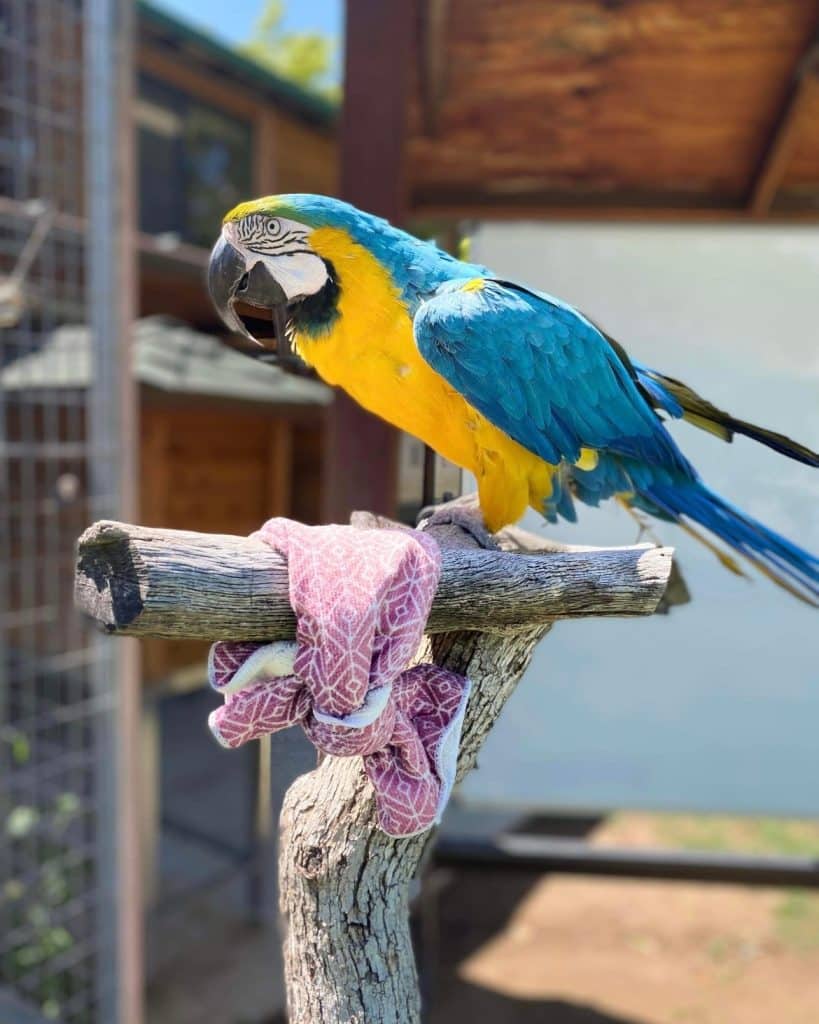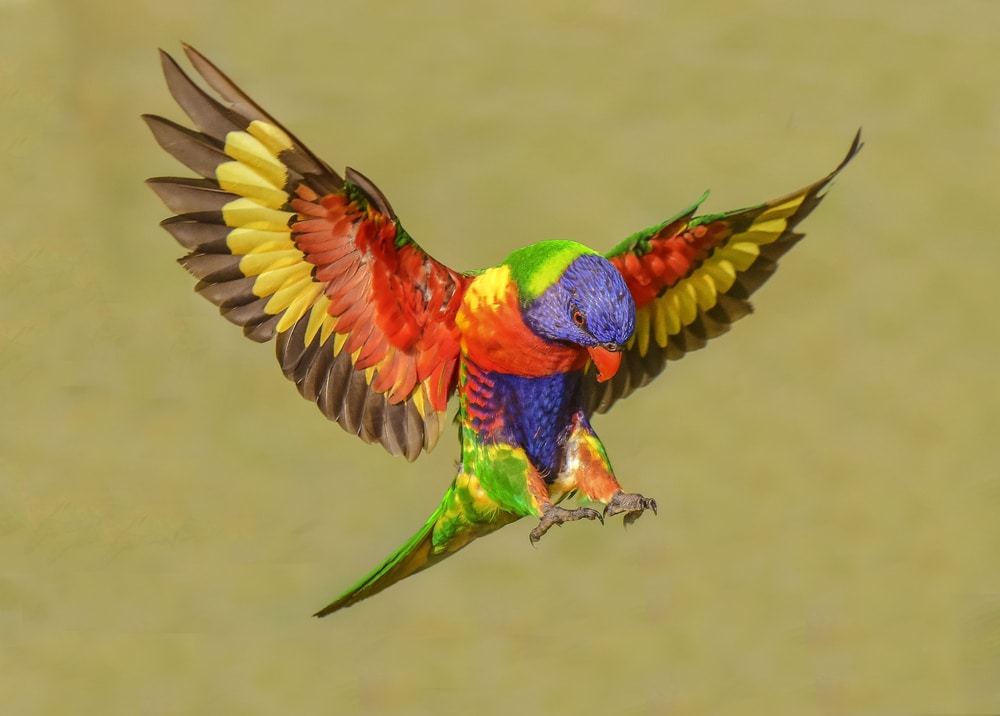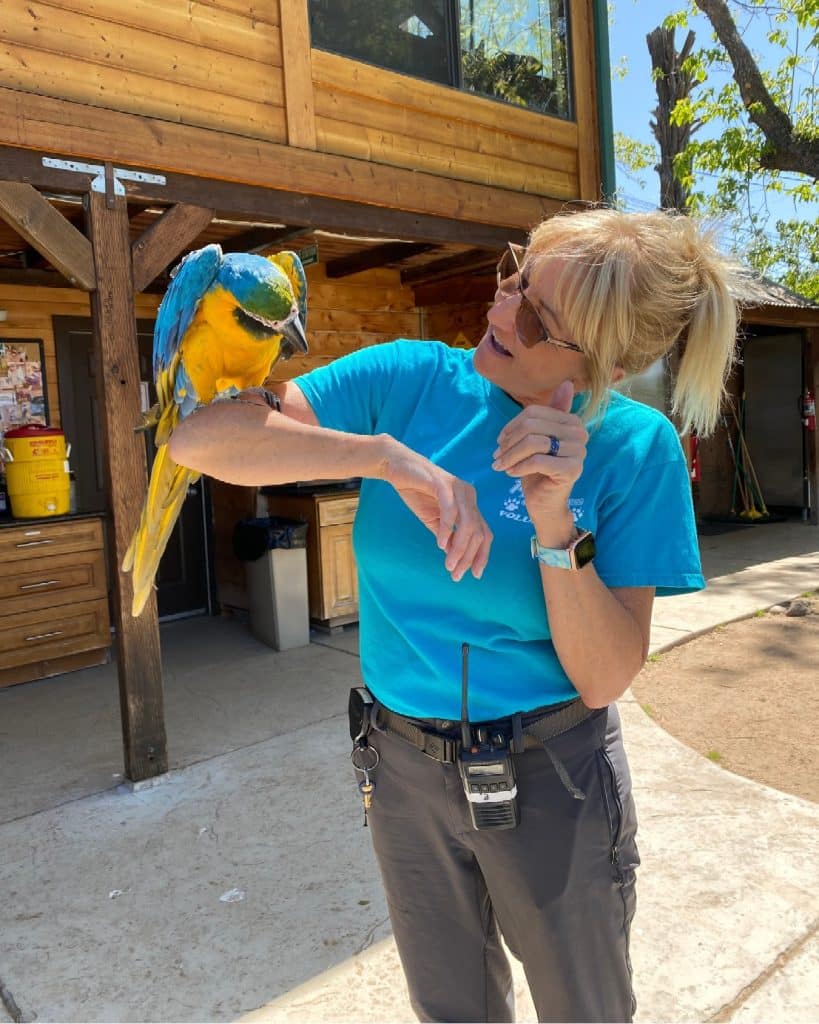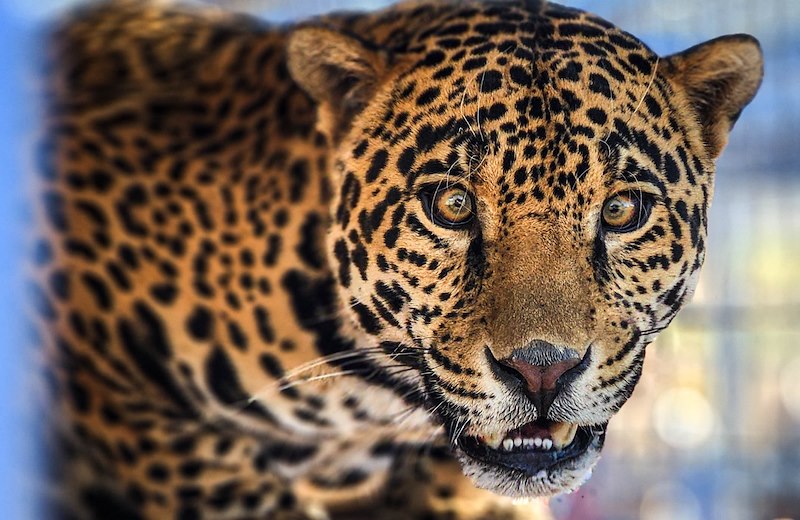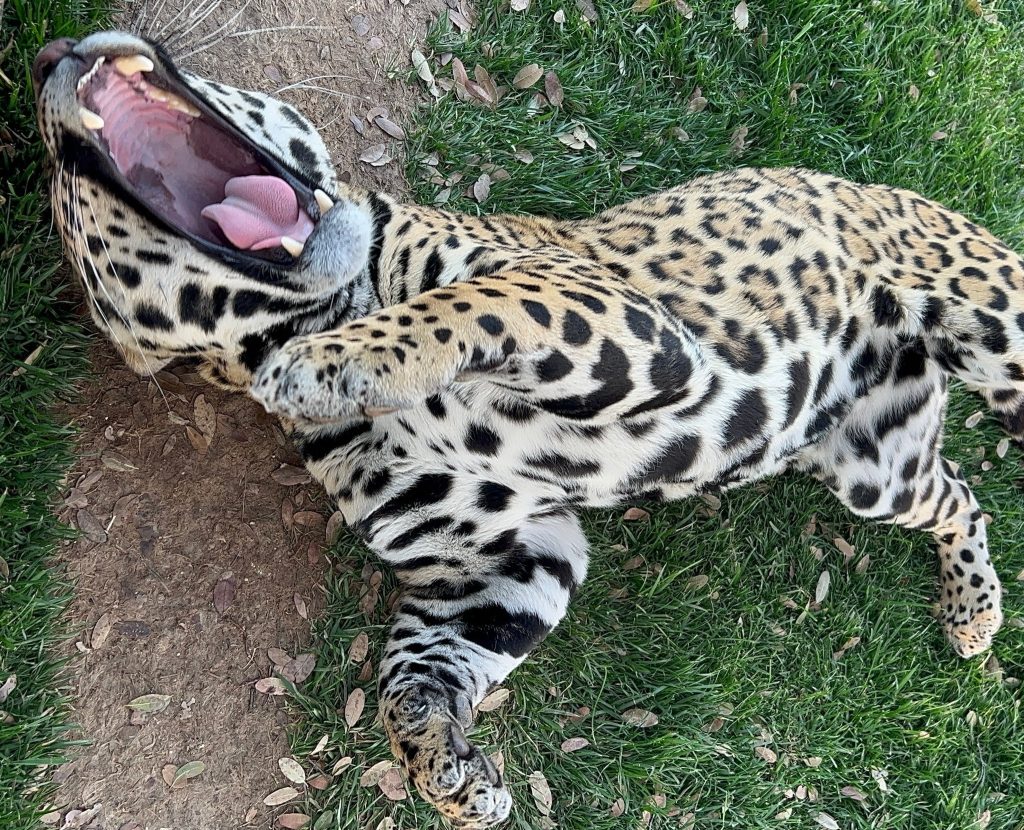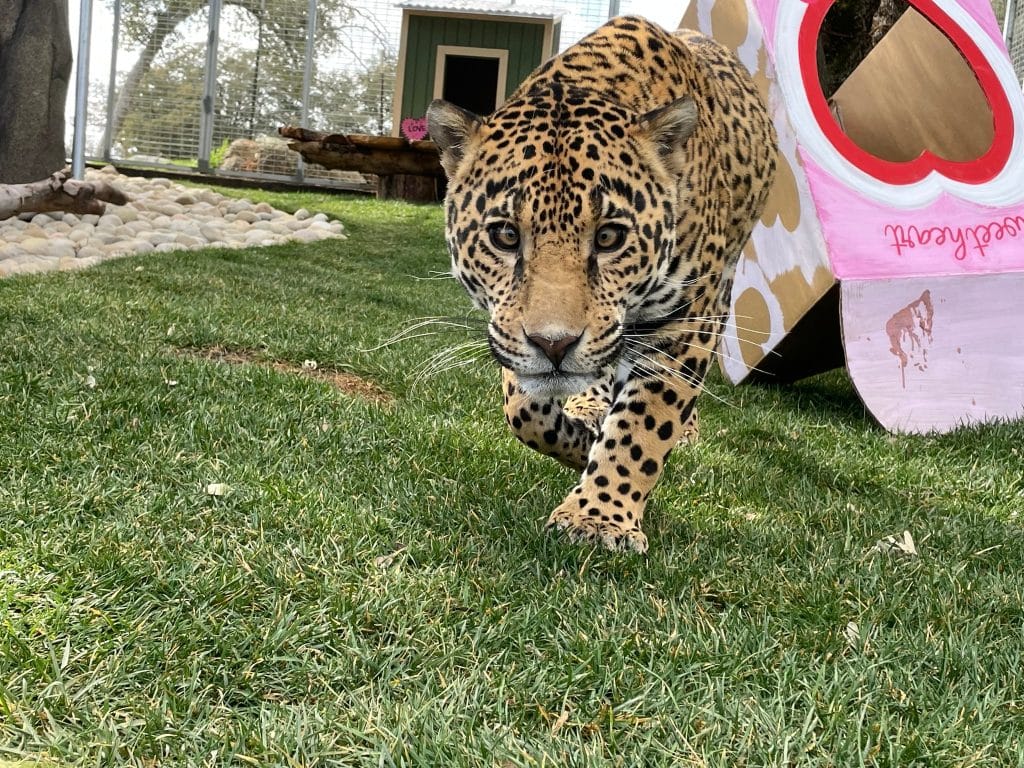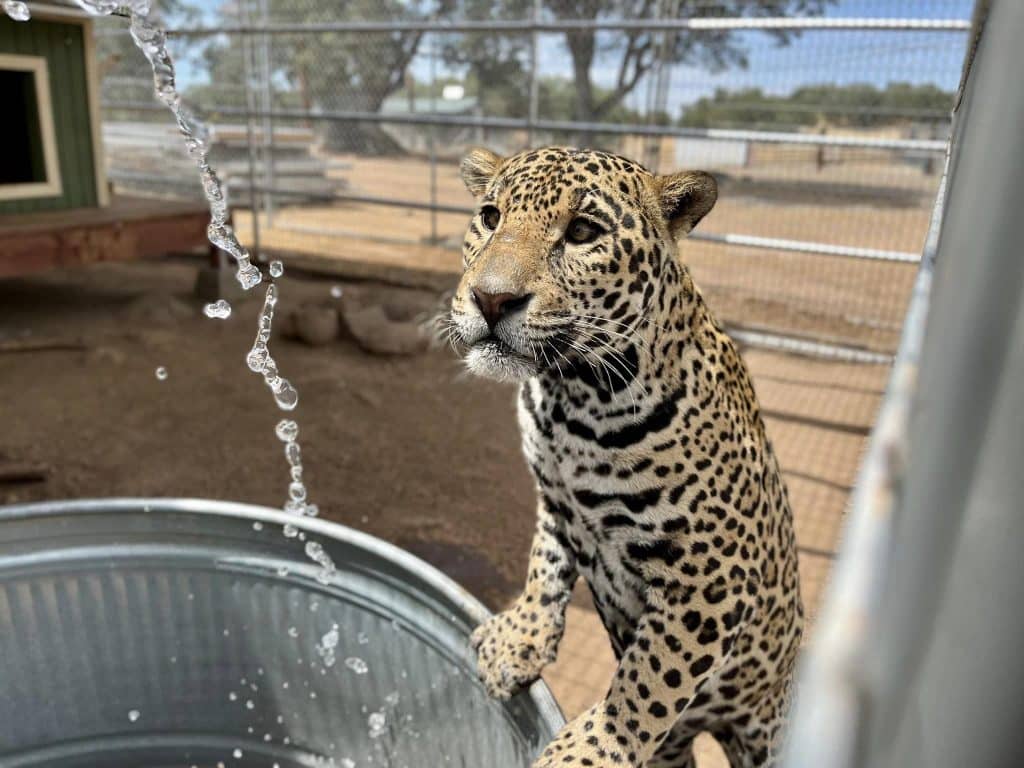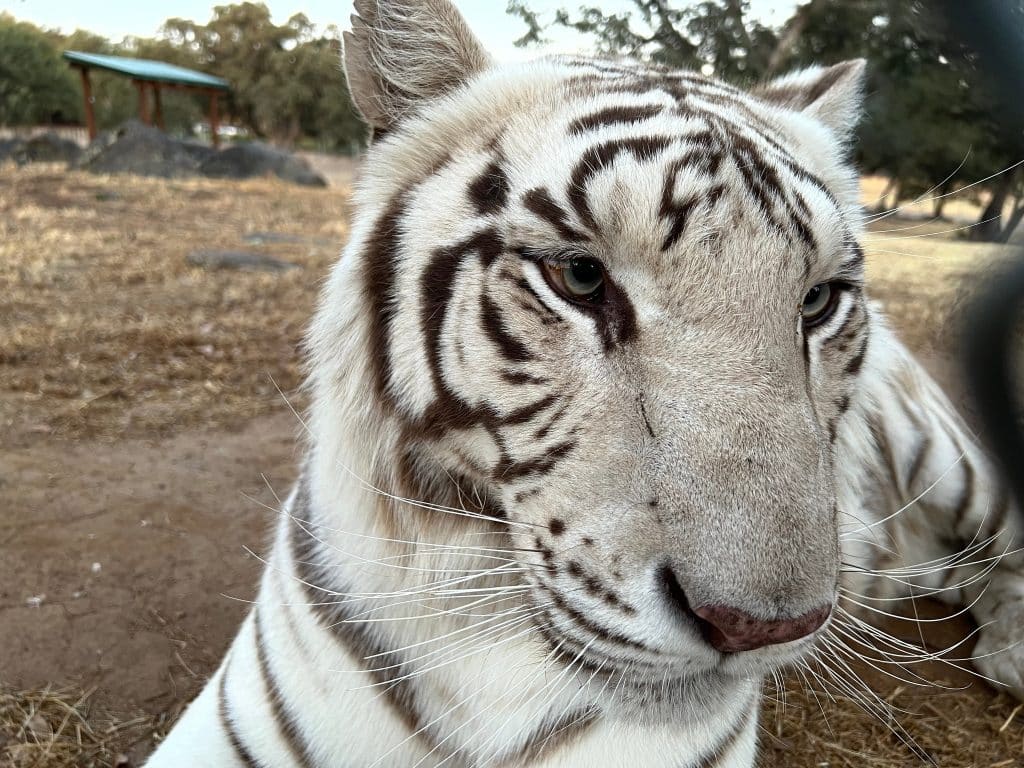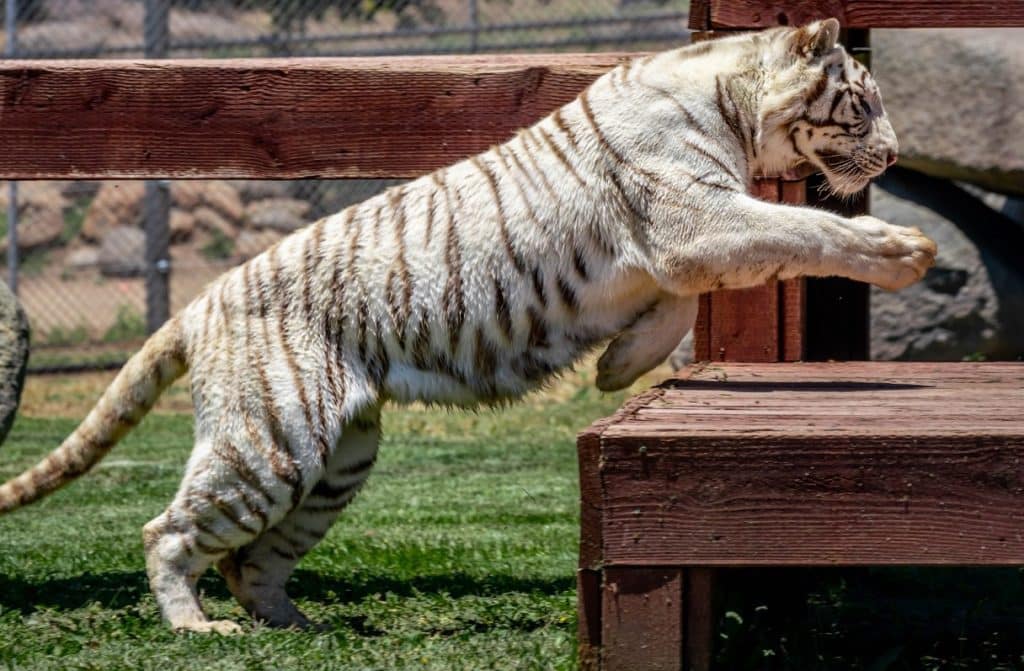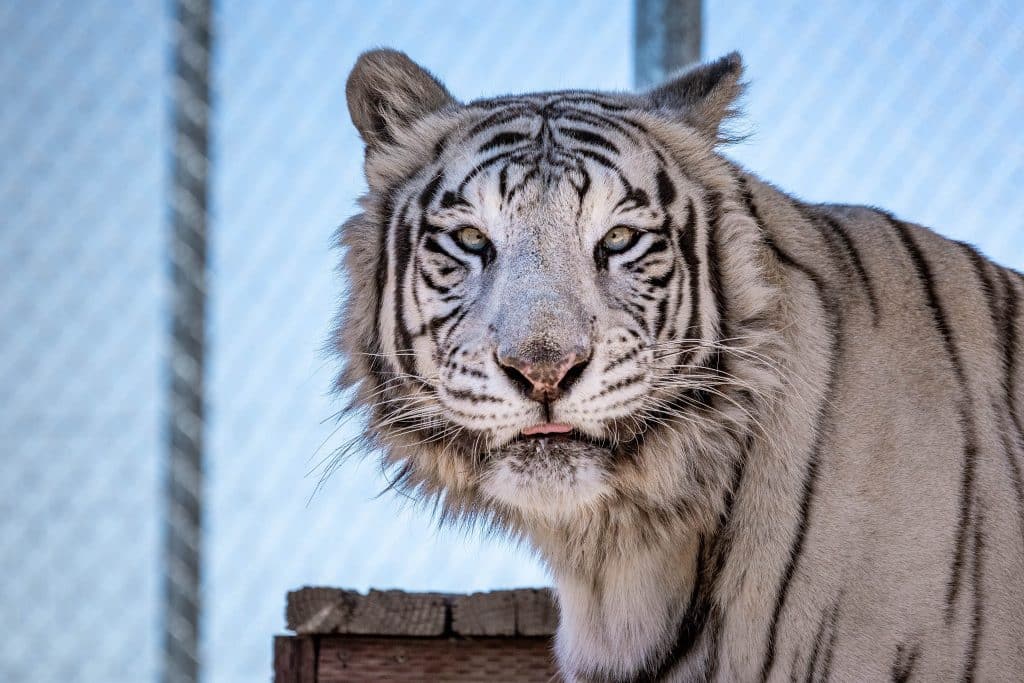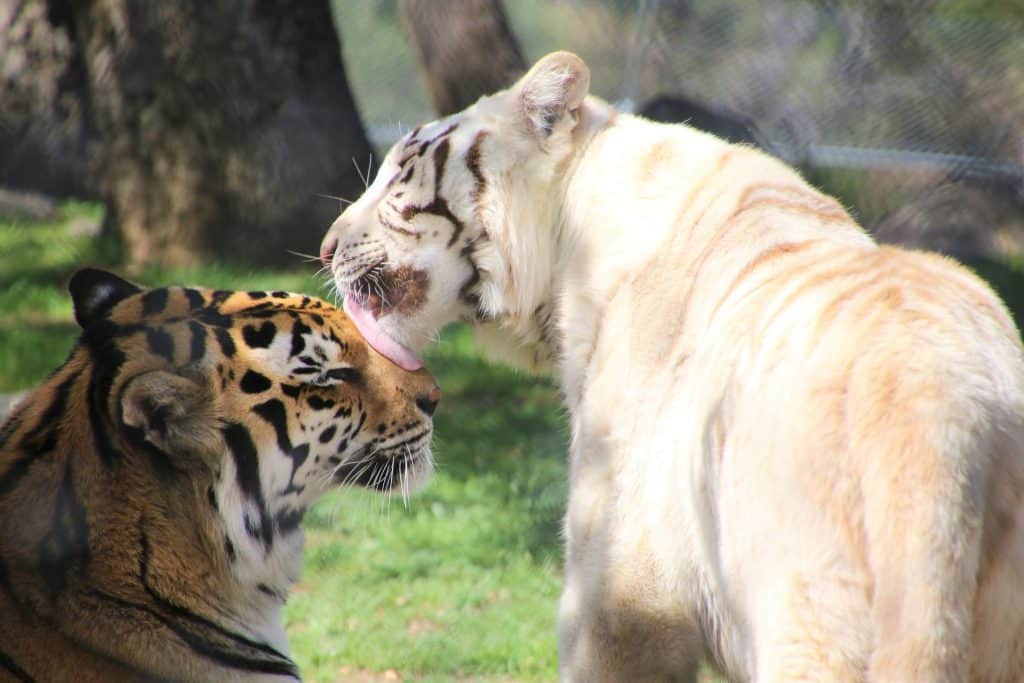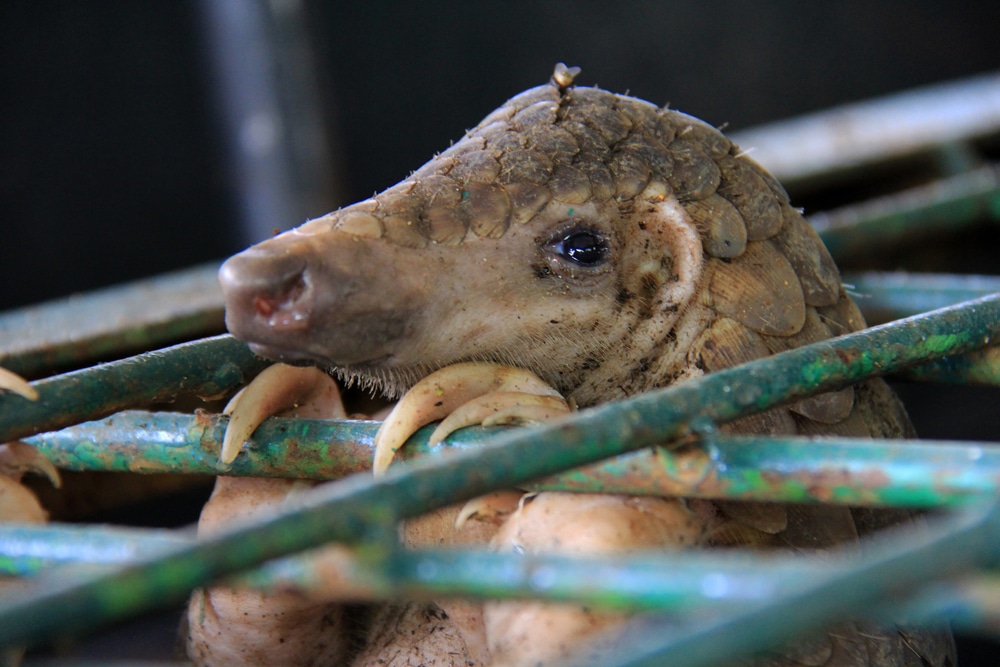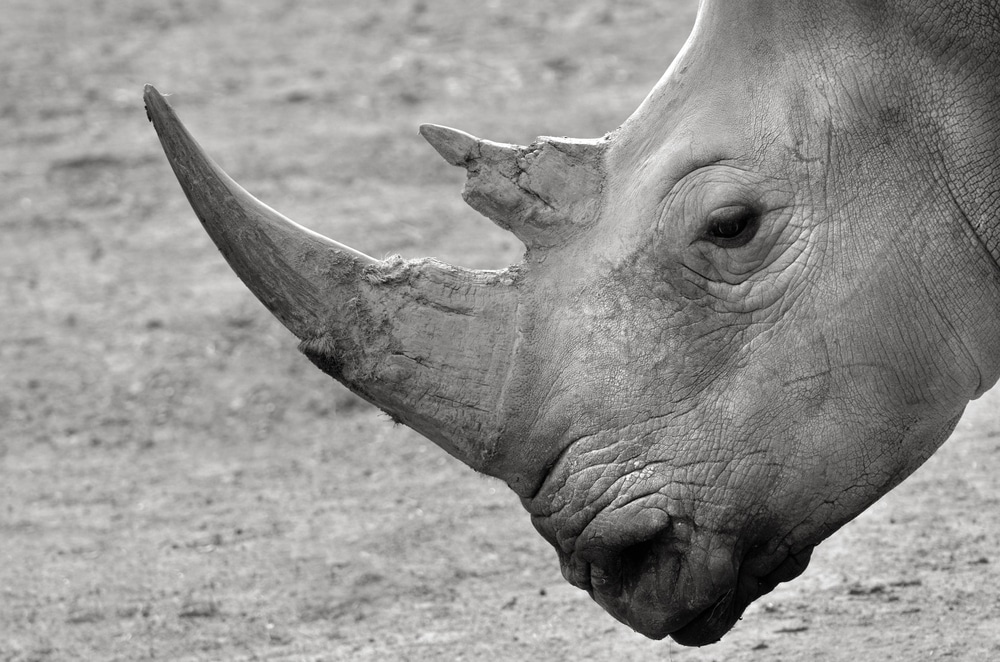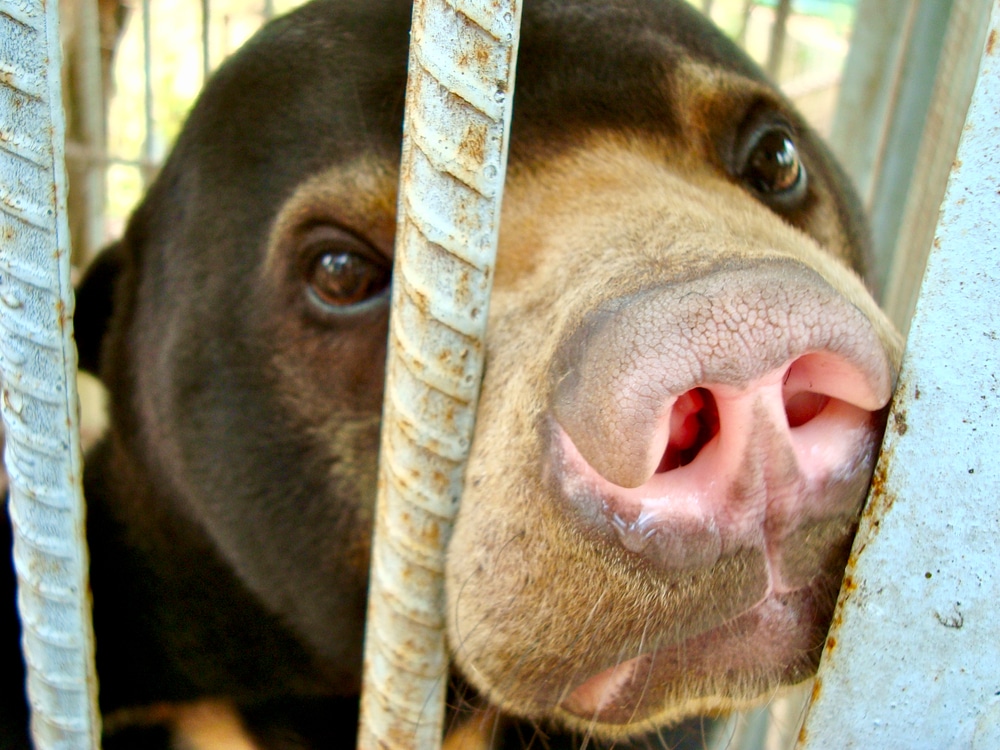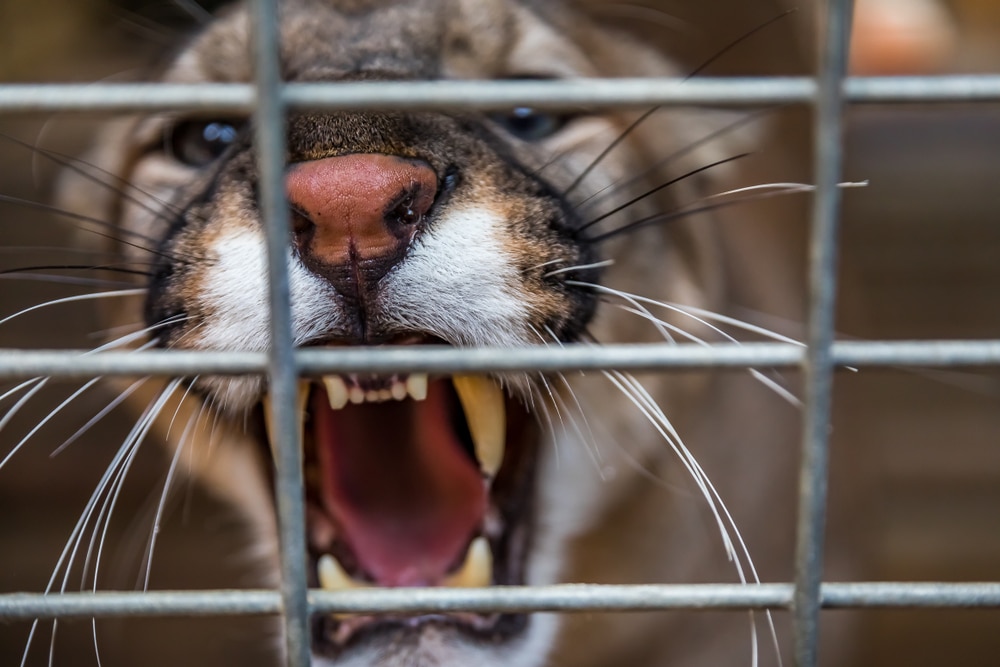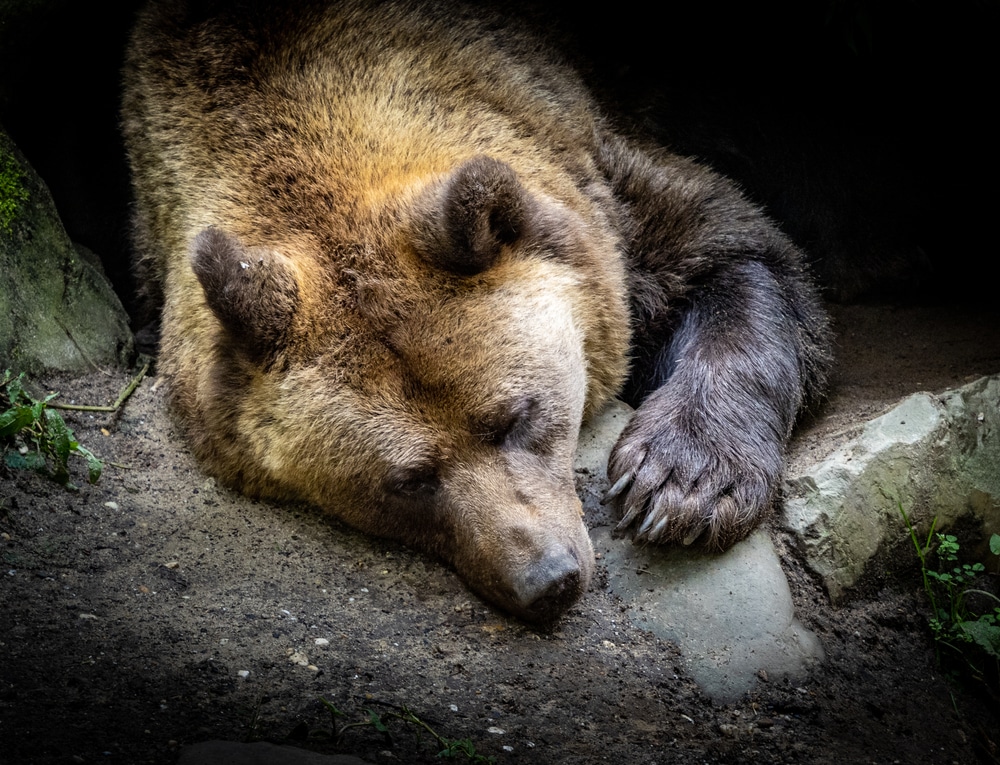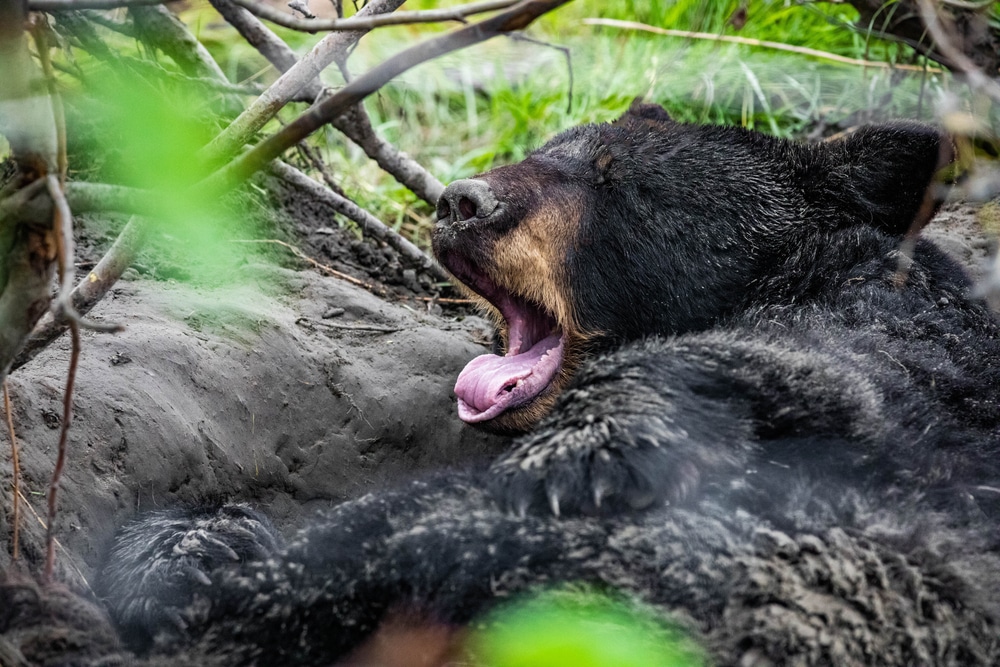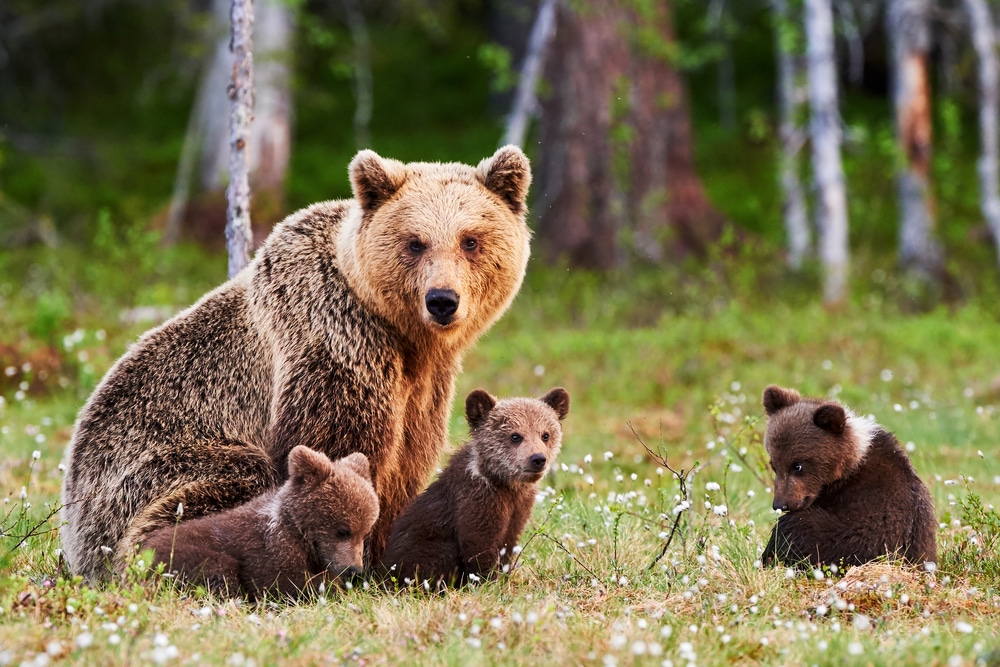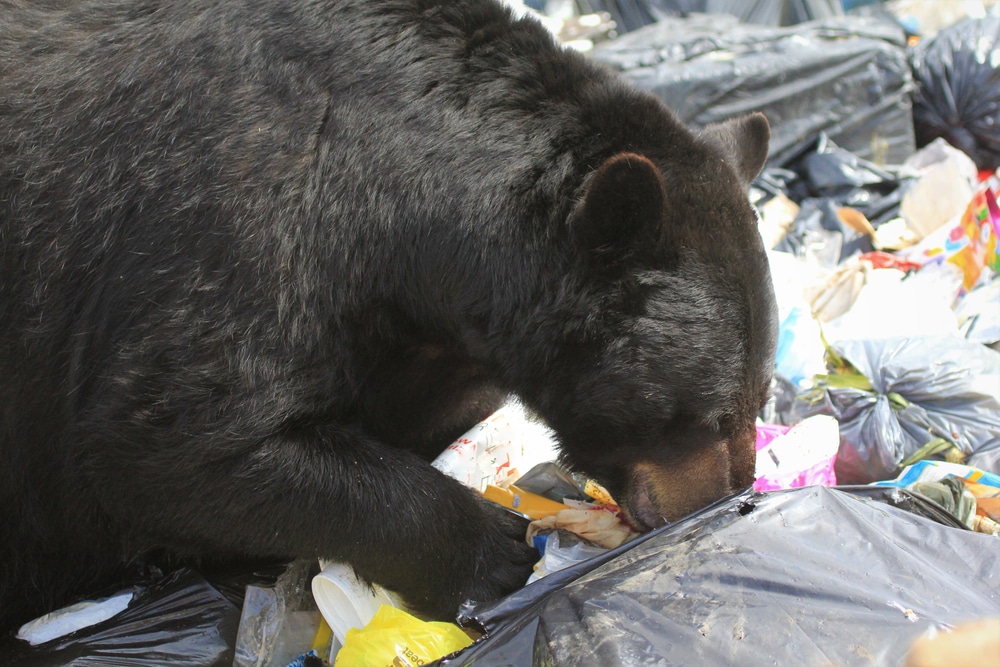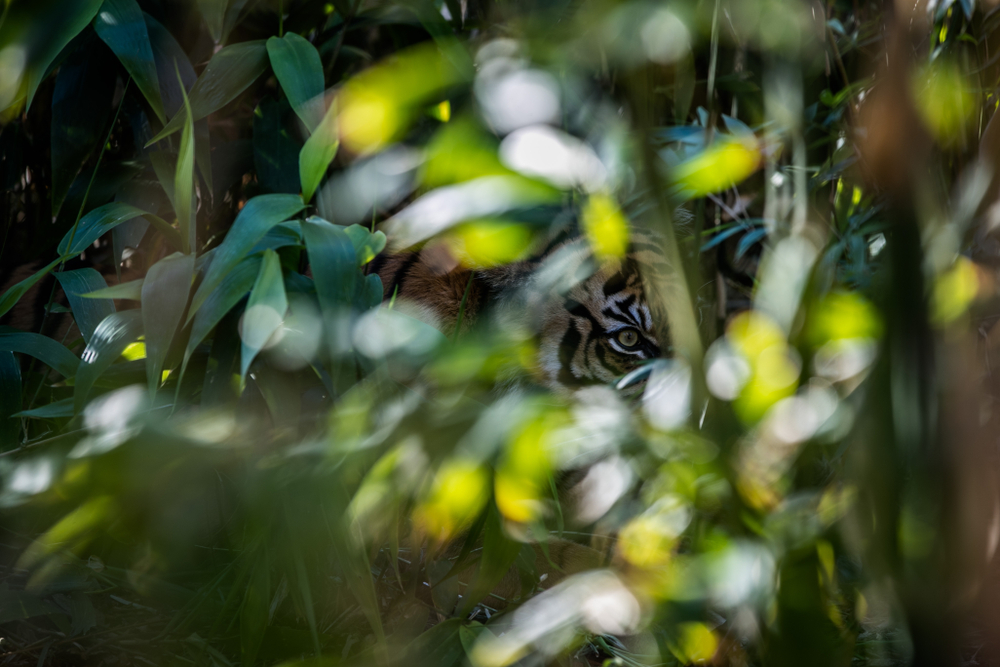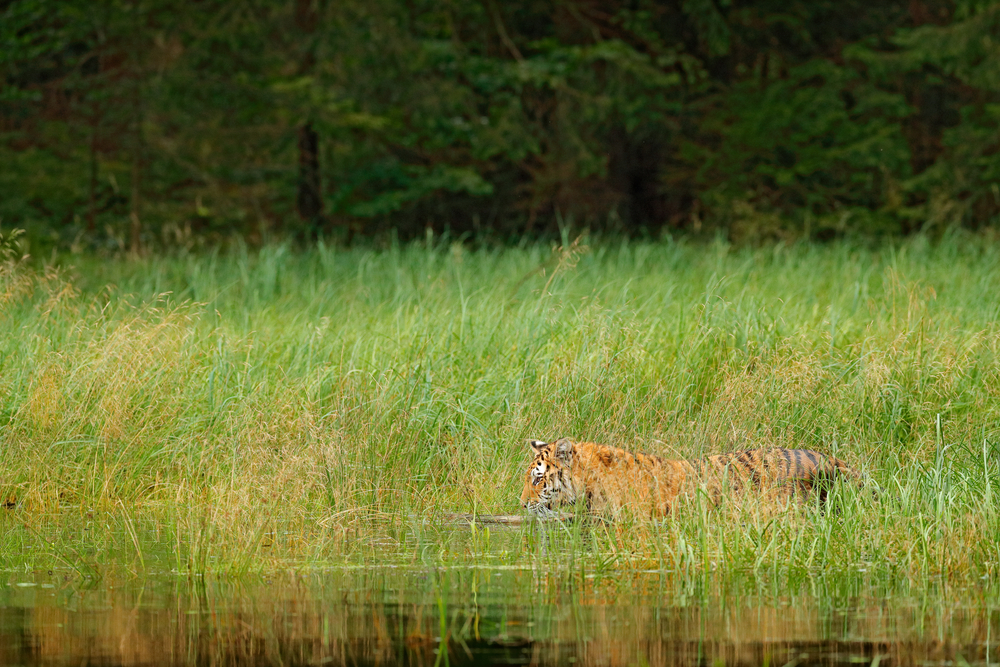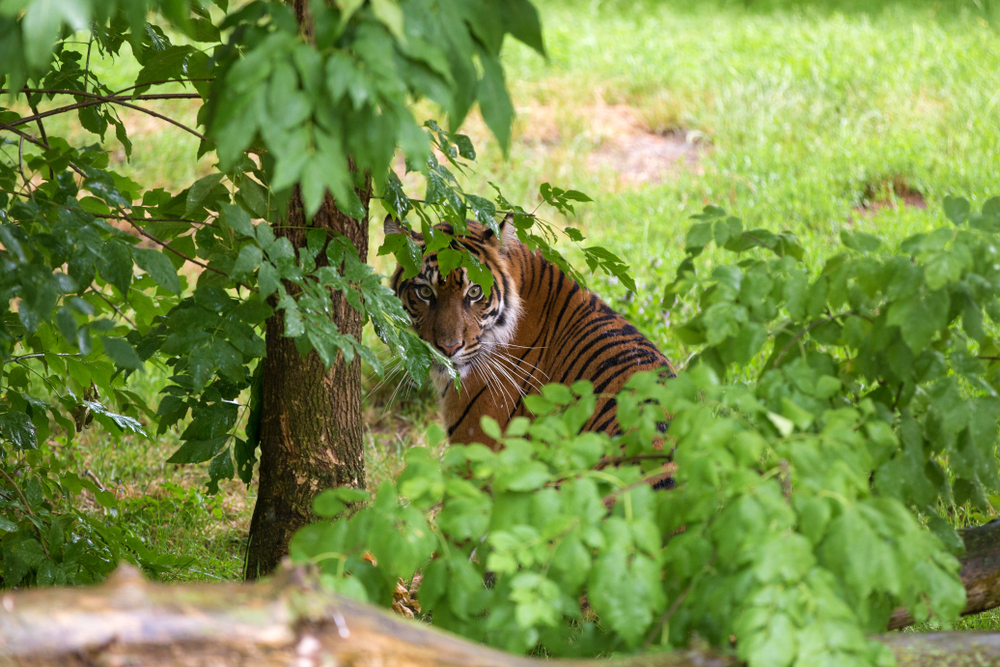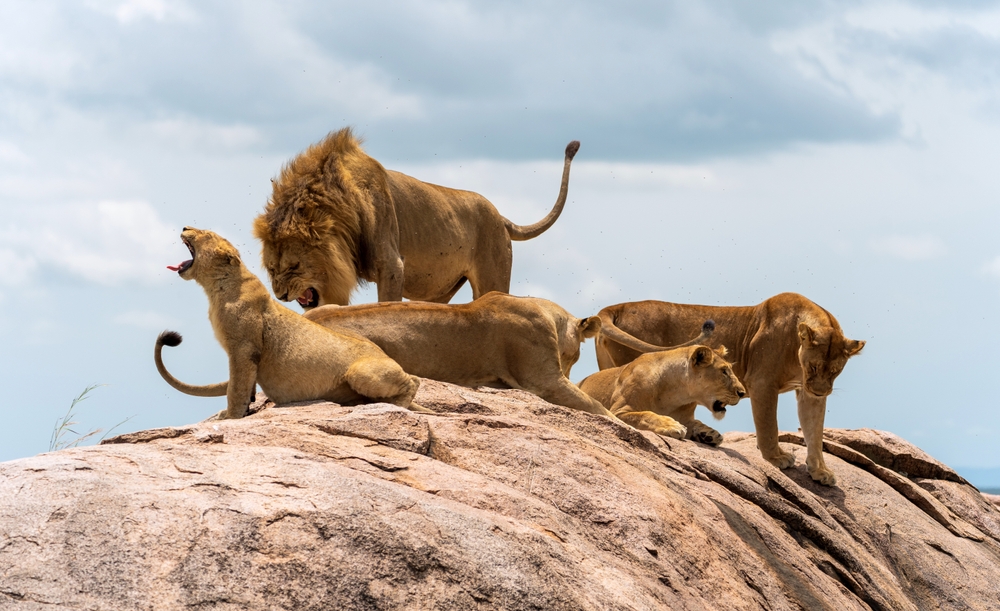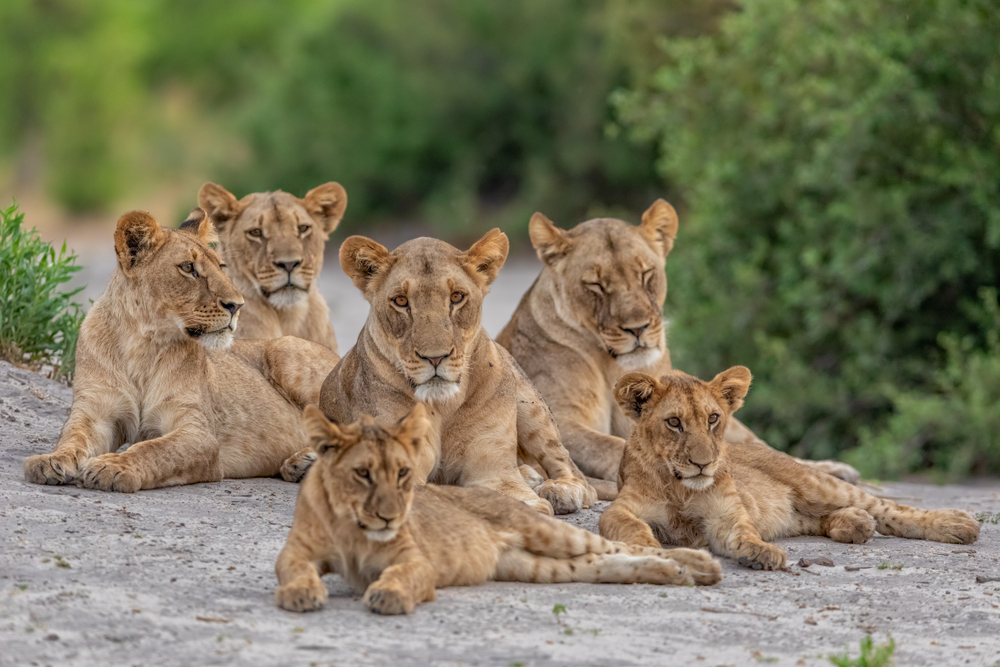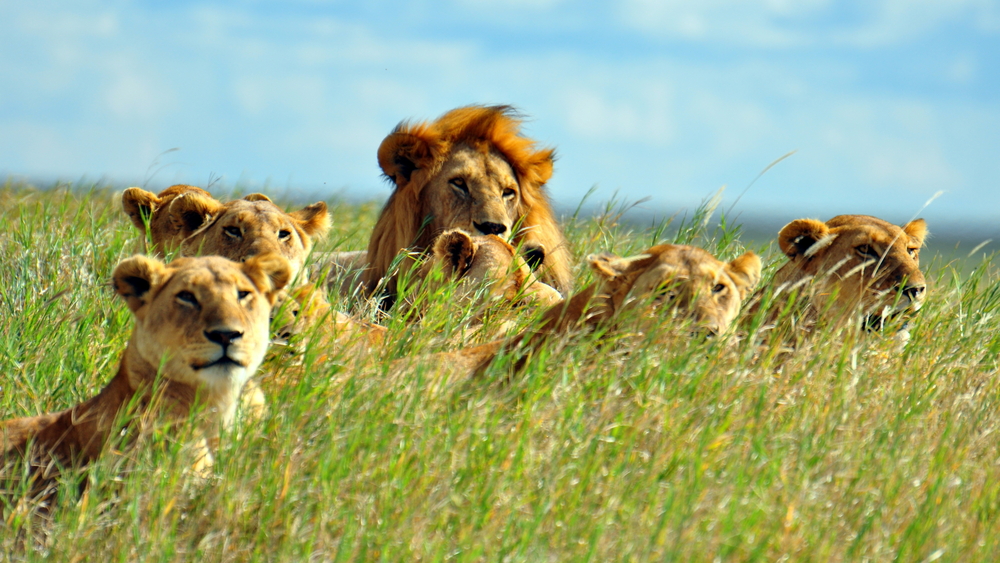Educational Programs at Our San Diego Animal Sanctuary

What’s the first thing that comes to mind when you think about an animal sanctuary? If you’re like most people, I bet majestic wild animals, calming environments, nature and outdoor experiences, conservation, etc. These are all synonymous with animal sanctuaries because they do a great job rescuing and sheltering wild and domestic animals.
But most sanctuaries also offer humane education to help raise awareness about the plight of exotic animals and the importance of rescue & conservation efforts. In this article, we’ll explore the educational programs we offer at our San Diego animal sanctuary.
Overview of Educational Programs
At Lions Tigers & Bears, it’s not just about seeing the wildlife in the sanctuary but understanding why they’re here and what needs to be done to ensure these animals remain in their natural world. Our wildlife education programs provide insight into the lives of animals, wildlife rescue operations, ethical responsibility, and conservation efforts. In a world where people hunt down wildlife for fame and financial gain, such programs stand as productive countermeasures that can inspire a whole new generation of animal welfare advocates.
Engaging Wildlife Presentations
As The San Diego Animal Sanctuary is home to over 60 rescued exotic animals, including big cats and bears, each animal has a unique story that deserves to be told. That’s one of the many things that our knowledgeable staff loves to do. When you visit, our team will take you through the rescue stories and also provide deep insights into their behaviors, habitats, and conservation status.
Conservation Efforts
You’ll learn about the exotic animal trade and why it must be outlawed. Our program provides practical knowledge and real-world examples to help you comprehend the severe impact this illicit trade has on wildlife populations and ecosystems. The things you thought were normal – like wild animals performing at roadside zoos or people posing with tiger cubs – are actually quite dangerous for these animals. And when you understand this, you’re in a better place to become an advocate for the animals.
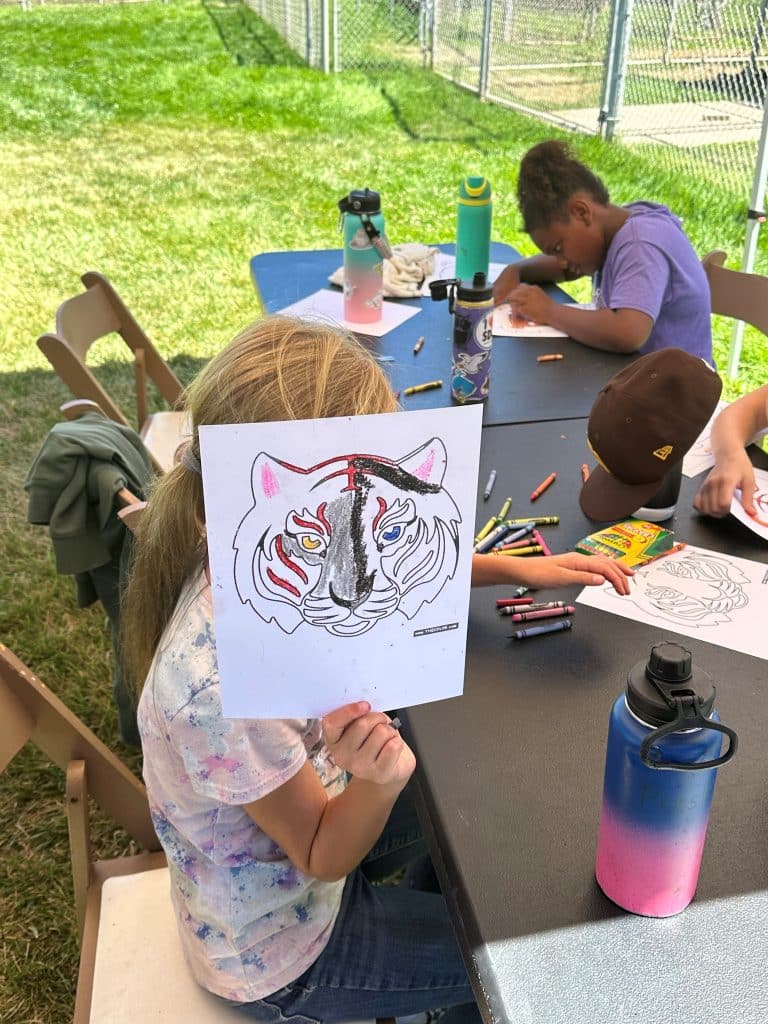
Special Field Trip & Summer Day Camp Programs
Our field trips and day camps are designed to captivate the minds and hearts of children and students. These programs include a combination of educational talks, interactive activities, and opportunities to observe the animals in their naturalistic habitats. Each child gets a specially crafted interactive activities card that’s packed with information about our animal residents. They also get a chance to showcase their newfound knowledge to our friendly volunteer team and receive a special prize as a reward.
In addition to our educational programs for kids, Lions Tigers & Bears offers robust internship and volunteer programs for those passionate about animal welfare. Interns and volunteers gain hands-on experience in animal care, education, and sanctuary operations, making a significant impact on the lives of our animal residents. Whether you're looking to start a career in wildlife rescue or simply want to give back, our programs provide a rewarding opportunity to learn and grow while helping animals in need.
How These Programs Help
Our educational programs raise awareness about the challenges exotic animals face, like habitat loss, the illegal wildlife trade, and their need to be rescued and provided sanctuary. Here’s how:
Raising Awareness
The truth is that wild animals face many issues that threaten their existence and homes. Threats such as habitat destruction, poaching, and illegal wildlife trade destroy their habitats, change their ways of life, and damage their well-being. Our programs aim to make people aware of these threats, and the urgent need for animal protection and rescue. Awareness is the first step toward change.
Educational Focus
We concentrate on educating the public about the particular dangers that different species encounter. This includes explaining how human activities such as deforestation, urbanization, and pollution all contribute to habitat loss. We also shed light on the illegal wildlife trade, detailing how it threatens the survival of many exotic animals and the broader impact on biodiversity.
Problem-Solving
Our programs don't just stop at highlighting problems. We also provide practical steps that you and your community can take to help mitigate these threats. Great examples of actions include:
- Supporting accredited rescue and sanctuary organizations.
- Participating in wildlife protection initiatives.
- Advocating for stronger wildlife protection laws.

Engaging Lesson Plans
We use engaging lesson plans for the school trips to make learning about these issues compelling and memorable. Kids are more likely to focus and understand when the activities are engaging, so we ensure the lessons are informative and interactive. Our approach helps to cement the knowledge and inspire lasting interest and concern for wildlife rescue.
Interactive Activities
Our interactive activities allow learners to experience rescue efforts firsthand. We offer guided tours of the sanctuary, sessions on wildlife rescue and rehabilitation, interactive activity cards, and animal presentations designed to make the information more relatable and impactful. Our educational programs aim to inspire a sense of responsibility and commitment to the well-being of all animals.
Building a Sanctuary Community
Ultimately, our goal is to build a community of informed and passionate people who are dedicated to protecting wildlife. We hope to create a ripple effect where more and more people become involved in rescue efforts, leading to broader societal change.
Features of the Lions Tigers & Bears Animal Sanctuary
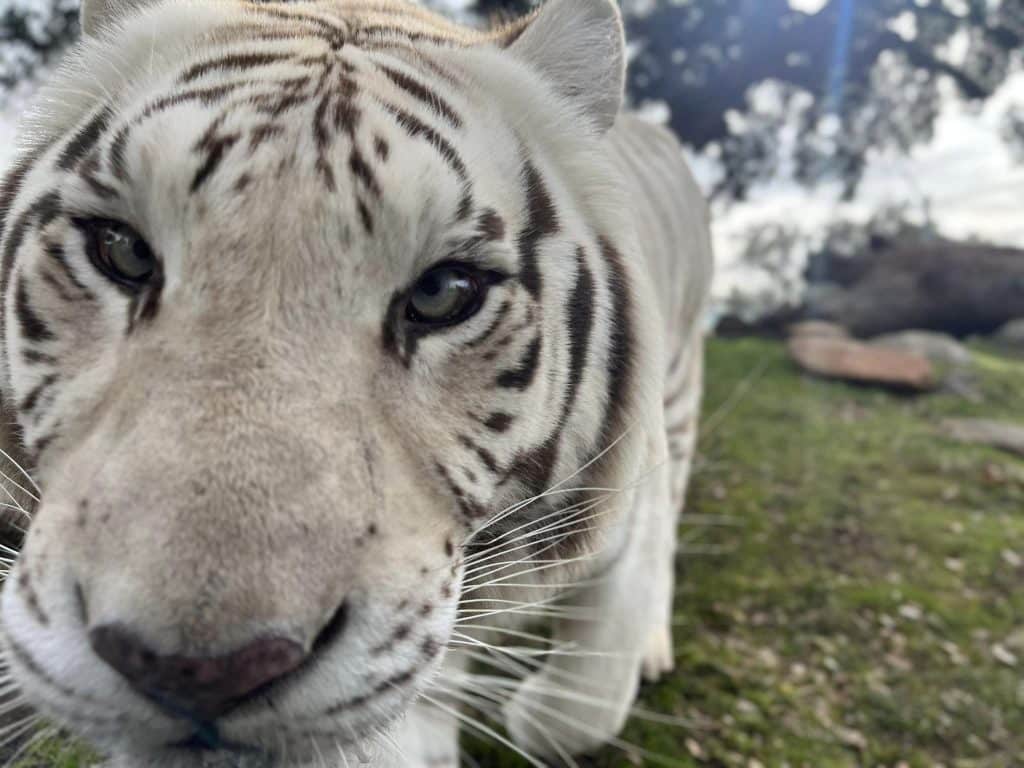
Lions Tigers & Bears offers a wonderful opportunity for kids as well as adults to connect with and learn about exotic animals in a safe and educational environment. Our sanctuary is located just outside of San Diego in Alpine, California, on the edge of the Cleveland National Forest, and features:
- Expansive location: Spanning 142 beautiful acres, our sanctuary provides a natural and spacious home for the animals. You and your kids will have the chance to see these amazing exotic animals in environments designed just for them and hear their amazing stories.
- Species-Specific Habitats: We've created dedicated habitats for our big cats and bears, ensuring they live in spaces that closely mimic their natural surroundings. As we welcome more rescues, we plan to expand and build additional specialized habitats.
- Ethical Animal Rescue: At Lions Tigers & Bears, we are deeply committed to ethical practices in our animal shelter and sanctuary management. We are a NO BREED, NO CONTACT rescue, focusing on providing a safe and loving lifetime haven for the animals without exploiting them.
- Accessibility: We’ve made it easy for everyone to visit, no matter the group size. Our facilities can accommodate 15-passenger vans, charter buses, and RVs, ensuring that school groups and families can comfortably come and learn.
Educational programs at our animal sanctuary in San Diego are essential in promoting awareness and understanding of the challenges facing exotic animals and the importance of conservation efforts. Visit Lions Tigers & Bears and give your kids the chance to connect with exotic animals in a meaningful way. You'll walk away with a deeper understanding of our efforts and the vital importance of protecting these incredible animals.
